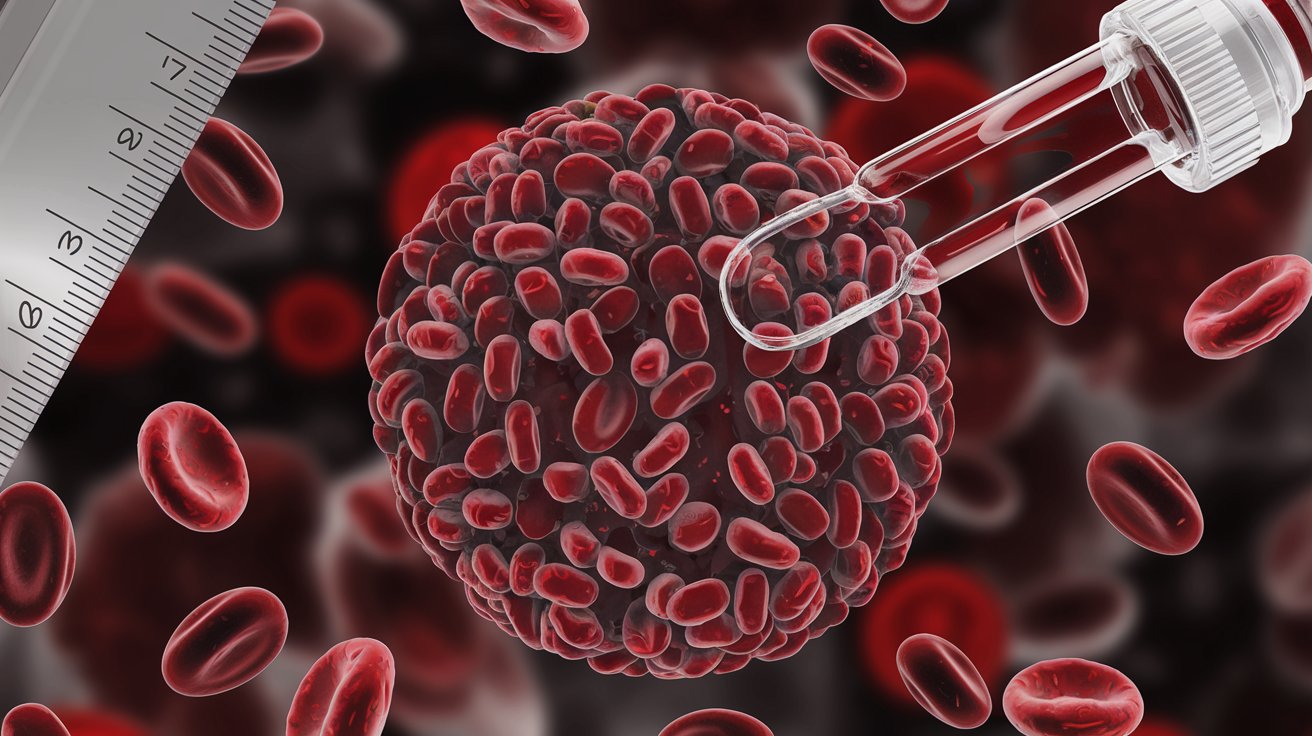
Congenital Afibrinogenemia is a rare genetic disorder where the blood lacks fibrinogen, a crucial protein for clotting. This condition can lead to excessive bleeding even from minor injuries. Symptoms often appear early in life, including nosebleeds, bruising, and prolonged bleeding from cuts. Diagnosing this disorder involves blood tests to measure fibrinogen levels. Treatment typically includes fibrinogen replacement therapy to manage bleeding episodes. Living with congenital afibrinogenemia requires careful monitoring and avoiding activities that could cause injury. Understanding this condition helps in managing it effectively, ensuring a better quality of life for those affected.
Key Takeaways:
- Congenital Afibrinogenemia is a rare genetic disorder causing severe bleeding. Treatment involves fibrinogen replacement and careful management to prevent complications. Genetic research offers hope for future therapies.
- Living with Congenital Afibrinogenemia requires caution to avoid injury and bleeding. Emotional support and advocacy for research are crucial for improving outcomes and raising awareness.
What is Congenital Afibrinogenemia?
Congenital Afibrinogenemia is a rare genetic disorder where the blood lacks fibrinogen, a protein essential for blood clotting. This condition can lead to severe bleeding episodes and other complications. Here are some intriguing facts about this condition.
-
Congenital Afibrinogenemia is inherited in an autosomal recessive manner, meaning both parents must carry the gene for a child to be affected.
-
The condition is extremely rare, affecting approximately 1 in 1,000,000 people worldwide.
-
Fibrinogen is crucial for blood clot formation. Without it, the body cannot effectively stop bleeding.
-
Symptoms often appear at birth or shortly after, with umbilical cord bleeding being a common initial sign.
-
Nosebleeds, or epistaxis, are frequent in individuals with this condition.
-
Women with Congenital Afibrinogenemia may experience heavy menstrual bleeding, known as menorrhagia.
-
Joint bleeding, or hemarthrosis, can occur, leading to pain and swelling.
-
Gastrointestinal bleeding is another potential complication, which can be life-threatening if not managed promptly.
-
Blood tests can diagnose the condition by measuring fibrinogen levels, which are typically undetectable in affected individuals.
-
Genetic testing can confirm the diagnosis by identifying mutations in the FGA, FGB, or FGG genes.
Treatment and Management
Managing Congenital Afibrinogenemia involves preventing and controlling bleeding episodes. Here are some key facts about treatment options and strategies.
-
Fibrinogen replacement therapy is the primary treatment, using fibrinogen concentrate or cryoprecipitate.
-
Regular infusions of fibrinogen can help prevent spontaneous bleeding episodes.
-
During surgery or after trauma, additional fibrinogen may be required to ensure proper clotting.
-
Antifibrinolytic agents, such as tranexamic acid, can help stabilize clots and reduce bleeding.
-
Patients should avoid medications that affect blood clotting, like aspirin and nonsteroidal anti-inflammatory drugs (NSAIDs).
-
Genetic counseling is recommended for families affected by Congenital Afibrinogenemia to understand the risks and implications.
-
Women with the condition should receive specialized care during pregnancy and childbirth to manage bleeding risks.
-
Regular follow-ups with a hematologist are essential to monitor and adjust treatment as needed.
-
Patients should wear medical alert bracelets to inform healthcare providers of their condition in emergencies.
-
Education on recognizing and responding to bleeding episodes is crucial for patients and their families.
Living with Congenital Afibrinogenemia
Living with this condition requires awareness and proactive management. Here are some facts about daily life and coping strategies.
-
Physical activities should be chosen carefully to minimize the risk of injury and bleeding.
-
Contact sports and activities with a high risk of trauma should be avoided.
-
Maintaining good dental hygiene is important to prevent gum bleeding and other oral health issues.
-
Patients should have a comprehensive care plan in place for managing bleeding episodes at home.
-
Emotional and psychological support can help individuals and families cope with the challenges of the condition.
-
Support groups and online communities can provide valuable resources and connections with others facing similar challenges.
-
Advances in genetic research may lead to new treatments and improved outcomes for those with Congenital Afibrinogenemia.
-
Awareness and education about the condition can help reduce stigma and improve understanding among the general public.
-
Participation in clinical trials can contribute to the development of new therapies and enhance medical knowledge.
-
Advocacy for rare disease research and funding is essential to improve the lives of those affected by Congenital Afibrinogenemia.
Research and Future Directions
Ongoing research aims to better understand and treat Congenital Afibrinogenemia. Here are some exciting developments and future prospects.
-
Gene therapy holds promise for potentially curing the condition by correcting the underlying genetic mutations.
-
New fibrinogen replacement products are being developed to improve safety and efficacy.
-
Research into the molecular mechanisms of fibrinogen deficiency may lead to novel therapeutic targets.
-
Collaborative efforts between researchers, clinicians, and patient organizations are driving progress in the field.
-
Increased awareness and funding for rare diseases can accelerate the development of new treatments and improve patient outcomes.
Final Thoughts on Congenital Afibrinogenemia
Congenital Afibrinogenemia, a rare genetic disorder, affects the blood's ability to clot. This condition can lead to severe bleeding, even from minor injuries. Understanding its symptoms, like frequent nosebleeds and easy bruising, helps in early diagnosis. Genetic testing confirms the condition, and treatments often involve fibrinogen replacement therapy. Patients must avoid activities that could cause injury and should wear medical alert bracelets. Support from healthcare professionals and patient communities can make managing this condition easier. Staying informed about the latest research and treatment options is crucial for those affected. By raising awareness, we can support individuals living with Congenital Afibrinogenemia and contribute to ongoing research efforts.
Frequently Asked Questions
Was this page helpful?
Our commitment to delivering trustworthy and engaging content is at the heart of what we do. Each fact on our site is contributed by real users like you, bringing a wealth of diverse insights and information. To ensure the highest standards of accuracy and reliability, our dedicated editors meticulously review each submission. This process guarantees that the facts we share are not only fascinating but also credible. Trust in our commitment to quality and authenticity as you explore and learn with us.


